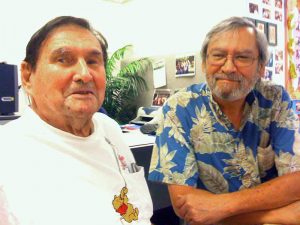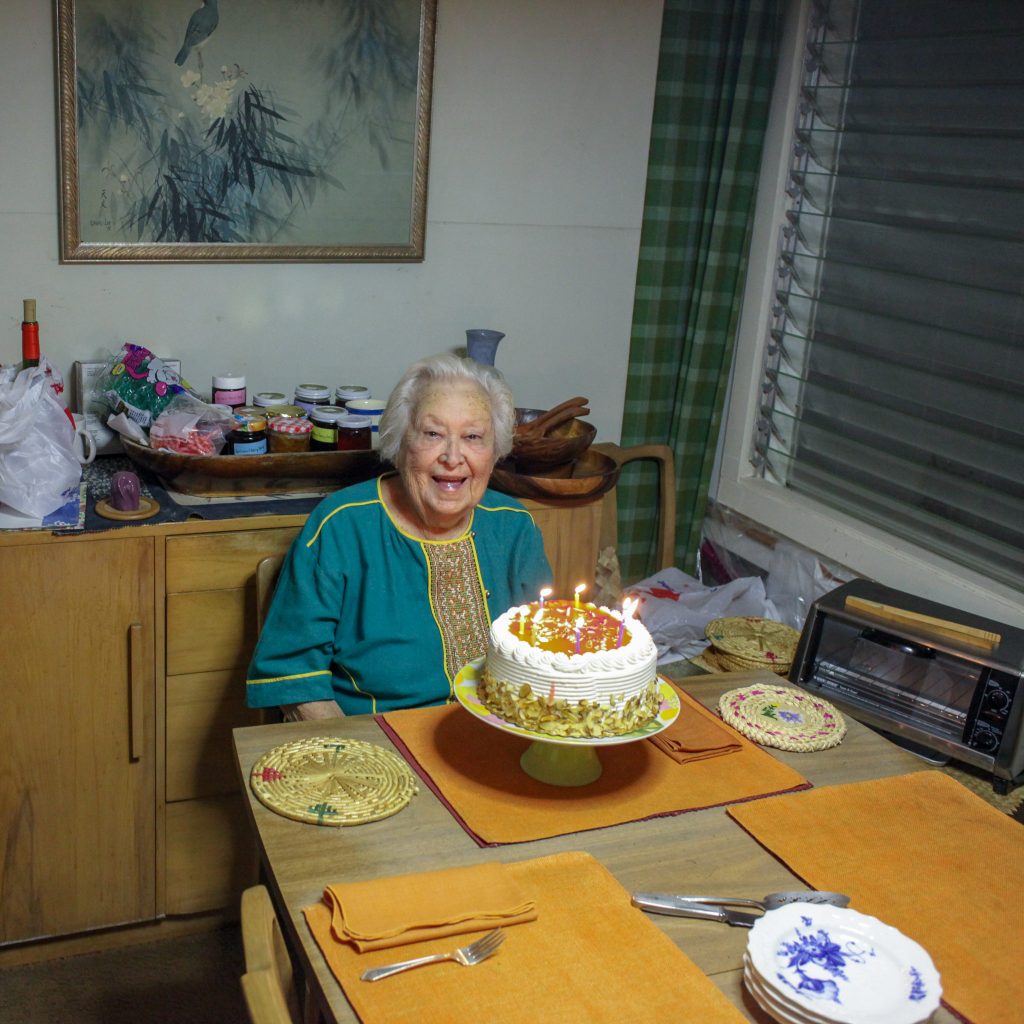A question left in response to yesterday’s post was brief and to the point:
Ian, how do you go about deciding whether or not to publicize your dad’s final indignities?
It’s a good question. Thought provoking. I’ll try to answer, if I can.
I should say at the front end that I was asked the same thing when I chronicled my dad’s final two years while it was all happening. He had been taken to Queen’s hospital after a second fall at home, and then admitted to a bed in a room with four other patients in the Oahu Care Facility, a nursing home on Beretania Street, near the corner of Artesian St. That was his last stop. He was there just a month short of two years.
At that time, I wrote about my visits to his bedside, his life in the facility, his struggles with dementia, and my own coping with what was happening. I couldn’t avoid writing about family history, sometimes family dynamics, and occsionally about a family secret.
I probably did tread somewhat on his privacy, had he been in a condition to worry about such things. To tell you the truth, my mom probably didn’t know what I was sharing. My dad certainly didn’t. My sister, Bonnie, was supportive, and occasionally wrote on her own blog, a successor to another blog in which she previously detailed her husbands years-long battle with lung cancer.
I wrote primarily for myself, and still do. Witnessing through writing helps process the direct experience. I viewed myself as a chronicler, a reporter, trying to convey the intensity of our shared experience. I really didn’t worry much about privacy, although there were topics I avoided at the time and still sidestep.
And apart from a few questions like this, the feedback I received was uniformly positive and personal. Others who were dealing with aging parents and the scourge of dementia said they appreciated the insights they had gained. I didn’t write for that reason, of course. I wrote as a means of coping with an unfamiliar and painful end-of-life process.
And here’s the thing. Why should the end of life remain an unspoken realm that we enter with parents, loved ones, and ultimately for ourselves, unaided by the experience of others who have gone before?
In an earlier time, when death and dying wasn’t controlled by The medical-industrial complex, people died at home. Families dealt with the details, and such knowledge and the resulting skills were recognized as valuable and passed on to younger generations.
Today it’s much different for most of us. I’m betting that others will receive my sharihg of personal experience, and personal details, in the spirit in which I offer them.
It’s also fair to point out that, at this point, my dad’s gone. My mother is gone. Their siblings are all long gone. His longtinme girlfriend is gone. Their friends are dead. None of them are much worried about keeping the “indignities” of aging secret.
It’s not that I don’t edit myself. But it’s a very light edit, and perhaps uneven and inconsistent. Human, one could say.
Welcome to the mysteries, joys, and pain of this end of life.
And thanks for putting the question out there. Now I’ll have to go back to check how I first answered the question a decade ago.


